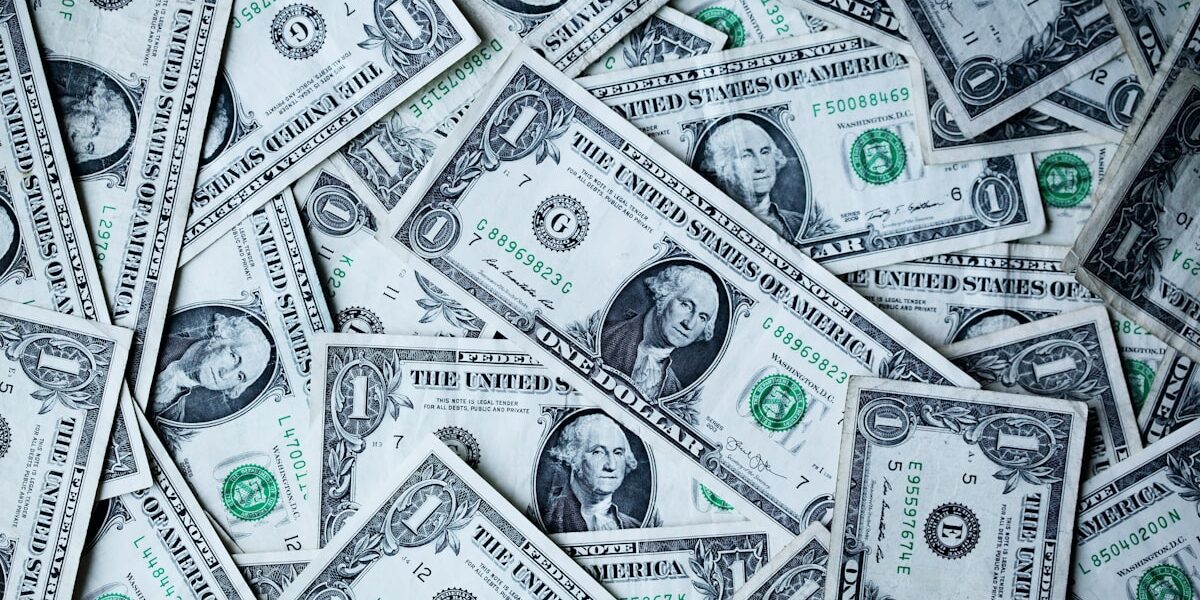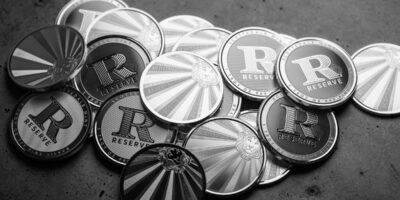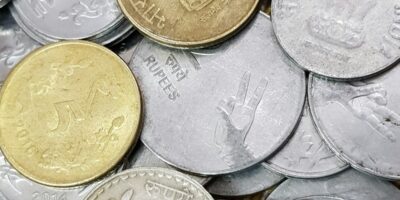The 1935 Wheat Penny: Understanding Its Value
The 1935 Wheat Penny is a classic coin with historical significance for collectors. Issued by the United States Mint, it belongs to the Lincoln Wheat Penny series minted from 1909 to 1958. This particular penny is remarkable for both its historical significance and its collectible value.
Historical Context and Design

The 1935 Wheat Penny features the familiar portrait of Abraham Lincoln on its obverse, designed by Victor David Brenner. The reverse displays the iconic wheat stalks, symbolizing America’s agricultural heritage. This design remained on the penny until it was replaced by the Lincoln Memorial in 1959.
In 1935, the United States was recovering from the Great Depression. The Lincoln Wheat Penny was a small but stable element in a shifting economy. Over 245 million pennies were minted that year, spread across three mints: Philadelphia, Denver, and San Francisco.
Mint Marks and Their Significance
The mint mark indicates where a coin was produced. The most common is no mint mark, indicating it was made in Philadelphia. Coins with a D mark were minted in Denver, while an S signifies San Francisco. Mint marks are found on the reverse side, below the ONE CENT inscription.
Philadelphia produced the bulk of these coins, but the Denver and San Francisco mints add a bit more intrigue due to their lesser numbers.
Assessing the Value of a 1935 Wheat Penny
Determining the value of a 1935 Wheat Penny involves several factors. The most significant are the coin’s condition and rarity. While the majority of these coins are not rare, those in excellent condition are more valuable.
Collectors often use the Sheldon Coin Grading scale, which ranges from Poor (P-1) to Perfect Mint State (MS-70). Coins graded at higher levels, such as MS-65 and above, attract more interest and higher prices. For the 1935 Wheat Penny, an MS-65 grade can significantly increase its value.
Condition Categories
- Good (G-4): The details are heavily worn, and the Liberty inscription may be faint.
- Very Good (VG-8): Major details are visible, and the coin is friendlier to the eye.
- Fine (F-12): Moderate wear, but most features are clear.
- Very Fine (VF-20): Light wear with some details of coat and hair visible.
- Extremely Fine (EF-40): Slight wear on the higher points only.
- About Uncirculated (AU-50): Traces of wear can be seen, mainly on the cheek and wheat stalks.
- Mint State (MS-60 to MS-70): No trace of wear, although minor imperfections might be present.
The grading process, done by experts, captures these subtle condition differences. Submitting a penny for grading can often validate its worth, confirming its marketability at a higher price tier.
Market Value Estimates
As of recent evaluations, a 1935 Wheat Penny in Good condition might fetch between a few cents to a dollar. Coins in higher grades, particularly those with a mint state, can be worth between $10 and several hundred dollars.
Scarcity affects value. The Philadelphia mintage is the most common, with the Denver and San Francisco pennies being slightly less common. A 1935-D penny often features a premium because of its slightly lower mintage.
Notable Auction Results
Coins with exceptional grades and eye appeal may perform well at auctions. A 1935 Wheat Penny in MS-67 condition, for example, could achieve prices upward of $2,000. Collectors actively seek out these pristine examples, driving demand.
Factors Influencing Value
Beyond condition and mint mark, several other factors influence the 1935 Wheat Penny’s value. Coins with historical significance or unique mint errors are often more valuable. An error, such as a double die or misstruck coin, can increase a penny’s desirability considerably.
Market trends also play a role. In times when coin collecting becomes more popular, prices may increase due to heightened demand.
Storage and Preservation
The preservation of a coin can sustain or enhance its value. Proper storage, away from moisture and chemicals, is critical. Many collectors use protective holders made from non-corrosive material to prevent damage. Avoiding handling coins with bare hands can minimize the transfer of oils and dirt that might degrade the surface over time.
Investing in 1935 Wheat Pennies
For collectors considering investment, the 1935 Wheat Penny represents a modest entry point into numismatics. While they are not the rarest coins, high-grade examples or those with unique features hold investment potential.
As with any collectible, research and expertise are invaluable. Understanding the coin market’s nuances helps make informed decisions, whether for building a collection or potential financial return. Numismatics can be both a rewarding hobby and a serious investment strategy.
Recommended Collecting Supplies
Coin Collection Book Holder Album – $9.99
312 pockets for coins of all sizes.
20x Magnifier Jewelry Loupe – $13.99
Essential tool for examining coins and stamps.
As an Amazon Associate, we earn from qualifying purchases.




Subscribe for Updates
Get the latest articles delivered to your inbox.
We respect your privacy. Unsubscribe anytime.